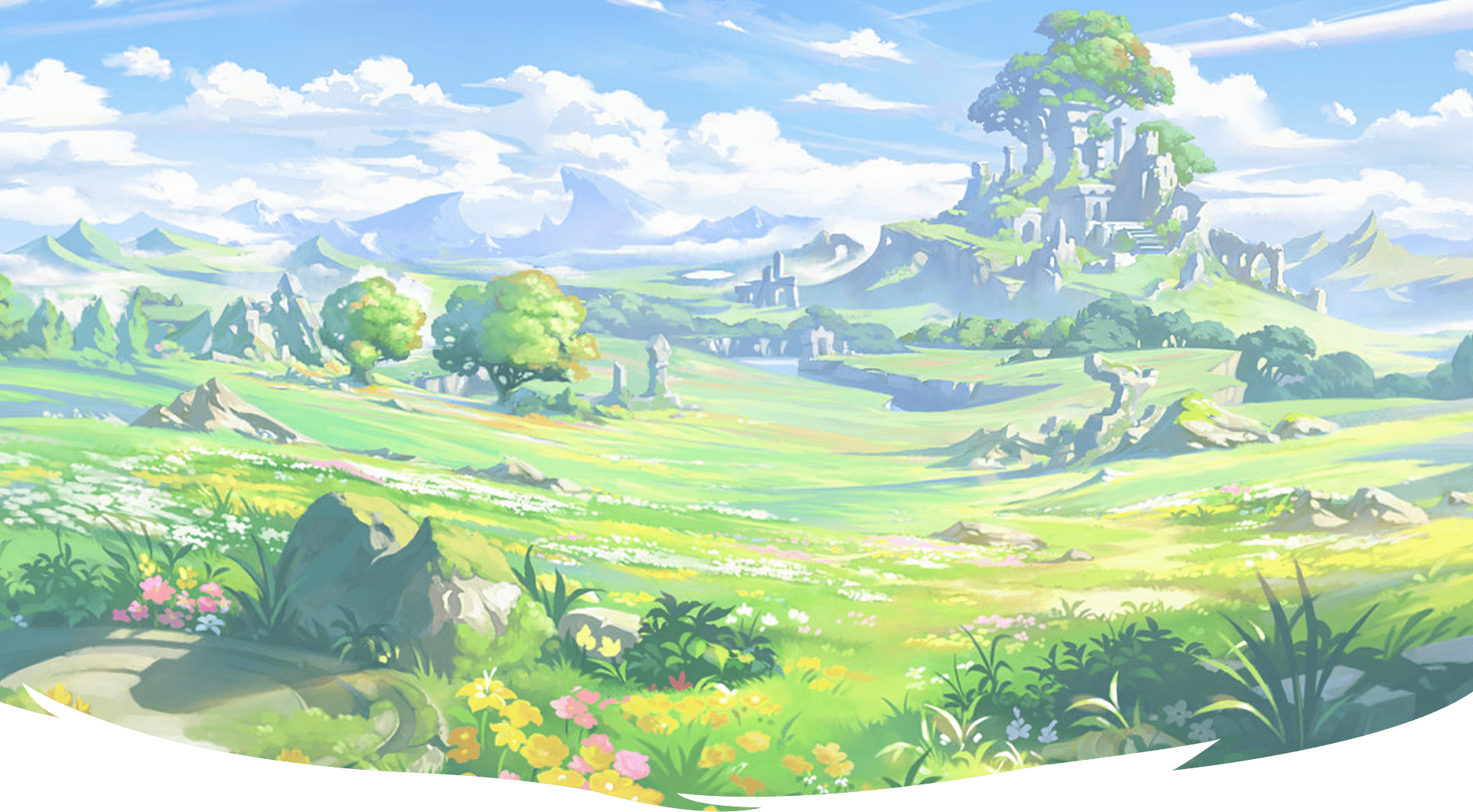- Home
- Shop
- Forest Series
- Grassland Series
- Desert Series
- Contact
- Home
- Shop
- Forest Series
- Grassland Series
- Desert Series
- Contact

Badger Series





Ideal Gift for Kids
This cool motorcycle is available in 3 colors and features a power display, forward, high/low-speed adjustment functions. Great as a birthday or Christmas gift for kids aged 5-12 to create a happy childhood.
Safe & Smooth Running
With soft start technology and shock-absorbing spring suspension, this dual-motor motocross runs safely and smoothly at 1.5-5 mph by pressing the switch and the one-click start button on the right handlebar.
Durable & Comfort Structure
Made of kid-friendly PP and metal frame, this off-road street bike is durable and holds up to 66 lbs. Besides, the wide curved seat perfectly fits the child’s body curve for higher comfort in driving.


CHARACTERISTICS
The Chipmunk is a member of the family Mammalia, Rodentia and Sciuridae. It is also known as the Striped Squirrel, the Timber Tiger and the Mini-bear. The body length among most Chipmunks ranges from 5.5 to 6.3 inches and the tail length is 5 Inches. Chipmunks typically weigh about 0.02 pounds and live about 5 to 10 years. They have small but prominent ears which face forwards, and small eyes on the sides of their heads. Most wild Chipmunks are lively.


Lorem ipsum dolor sit amet, consectetur adipiscing elit. Ut elit tellus, luctus nec ullamcorper mattis, pulvinar dapibus leo.


CHARACTERISTICS

RANGE AND HABITAT

DIET

BEHAVIOR
Habits and Lifestyle
Wolverines are well-adapted to winter and do not hibernate. They are mostly solitary, except when mating. Like the skunk, wolverines have a strong-smelling secretion called musk, used to warn others to keep out of their territory. They also spray the places they hide their food to discourage others from raiding them. Sometimes active during the day, they are nocturnal animals. Where there are prolonged times of darkness or light, wolverines may have three to four hours of activity and then three to four hours of sleep. They can quickly climb trees and are excellent swimmers.Mating Habits
Wolverines are polygynous. They don’t form pair bonds and mate from May to August. Females then build dens where they will have their young, often caves dug into the snow, sometimes as much as 15 feet deep. Gestation is nearly 2 months and 2 or 3 kits is the usual litter size. Females manage most of the rearing, though males from time to time visit to care for the young. Weaning occurs at 3 months and young start to forage themselves at 5 to 7 months. Wolverines become reproductively mature around the age of 2.
The Chipmunk is a member of the family Mammalia, Rodentia and Sciuridae. It is also known as the Striped Squirrel, the Timber Tiger and the Mini-bear. The body length among most Chipmunks ranges from 5.5 to 6.3 inches and the tail length is 5 inches. Chipmunks typically weigh about 0.02 pounds and live about 5 to 10 years. They have small but prominent ears which face forwards, small eyes on the sides of their heads. Most wild Chipmunks are lively.
The Red Squirrel, a member of the Sciuridae, is an arboreal, omnivorous rodent often referred to as a Forest Seeder and folklore as the Devil King Squirrel.
The Arizona Gray Squirrel, also known as the American Gray Squirrel, is a member of the family Rodentia and Sciuridae. It is small in size, with gray fur and a belly between white and cream. It has long ears, no tufts of fur and a fluffy tail edged in white. The body is about 16-20 inches long and weighs up to 1.4 pounds.
The Rock Squirrel, also known as Sao Maozi or Stone Mouse, belongs to the rodent and is a species in the family Sciuridae. The most common natural predators of the Rock Squirrel include bobcats, owls, eagles and snakes. Though the Rock Squirrel is cute, alert, and courageous, it is still considered a pest due to its habit of destroying crops.
The Abert’s Squirrel is a member of the genus Sciurus with a body length of 18-22.8 inches, a tail length of 7.5-9.8 inches and a weight of 2.2 pounds, and can live up to 10 years in the wild. Its most distinctive feature is tassels of fur about 0.8-1.2 inches long at the tip of its ears, which looks very interesting. In addition, it is alert and agile.

Hungry Badger Digs Up a Trove of Roman Coins in Spain
Discovered near the animal’s den, the cache contains more than 200 coins from at least 1,600 years ago
Researchers say the badger that found the coins was possibly digging for food or to make a nest.
A badger burrowing inside a cave in northwest Spain helped bring to light a hoard of Roman coins hidden there for centuries. The animal was probably seeking food or digging a nest when it unearthed some of the coins, reports Jack Guy for CNN. Local resident Roberto García discovered the coins and called in archaeologists, who found that the badger had dug up more than 90 coins.
“When we arrived we found the hole that led to the badger’s nest, and the ground around it full of coins,” dig director Alfonso Fanjul Peraza tells CNN.
After searching La Cuesta cave, located in the municipality of Grado, the team found a total of 209 late Roman-era coins, dated from between 200 and 400 C.E. The coins appear to have been forged in places as far-flung as Constantinople, Greece and London, reports Vincente G. Olaya for El País. While other ancient Roman coins have been found in the area, including a cache of 14 gold coins discovered in the 1930s, the new find represents the largest set of such coins ever discovered in northern Spain.
The researchers published their findings in the Journal of Prehistory and Archaeology.
The badger may have dug up the coins while searching for food or shelter during a huge snowstorm that hit Spain in January 2021, reports CBS News. The storm was the most intense of the past 50 years and left many animals struggling to find berries, worms or insects to eat.
The coins were minted between 200 and 400 C.E. in different parts of the Roman Empire.
Most of the coins are made of copper and bronze, reports Ashifa Kassam for the Guardian. The largest, a well-preserved coin minted in London and weighing more than eight grams, contains 4 percent silver.
Roman forces arrived in the Iberian Peninsula, where Spain and Portugal are located today, in 219 B.C.E., ousting the Carthaginians. Per Spain Then and Now, it took almost 200 years for Rome to fully conquer the peninsula’s diverse tribal groups. The region remained under Roman rule until the early fifth century, when groups including the Sueves, Vandals and Visigoths began challenging the empire’s control.
Fanjul Peraza says refugees hiding in the area during conflicts among these groups may have hidden the coins in the cave.
“We think it’s a reflection of the social and political instability which came along with the fall of Rome and the arrival of groups of barbarians to northern Spain,” he tells CNN.
The coins are being cleaned and will be put on display at the Archaeological Museum of Asturias.
The team plans to return to the area for further excavations and research, as well as to investigate whether the cave was simply a hiding place or if people lived in the area. Fanjul Peraza tells CNN that there may be more artifacts to be found there, and that future discoveries may help historians understand more about the fall of the Roman Empire and the making of medieval kingdoms in northern Spain.
“We think it’s an ideal site to learn more about the people that were living through this transition,” he says.



Follow Us: